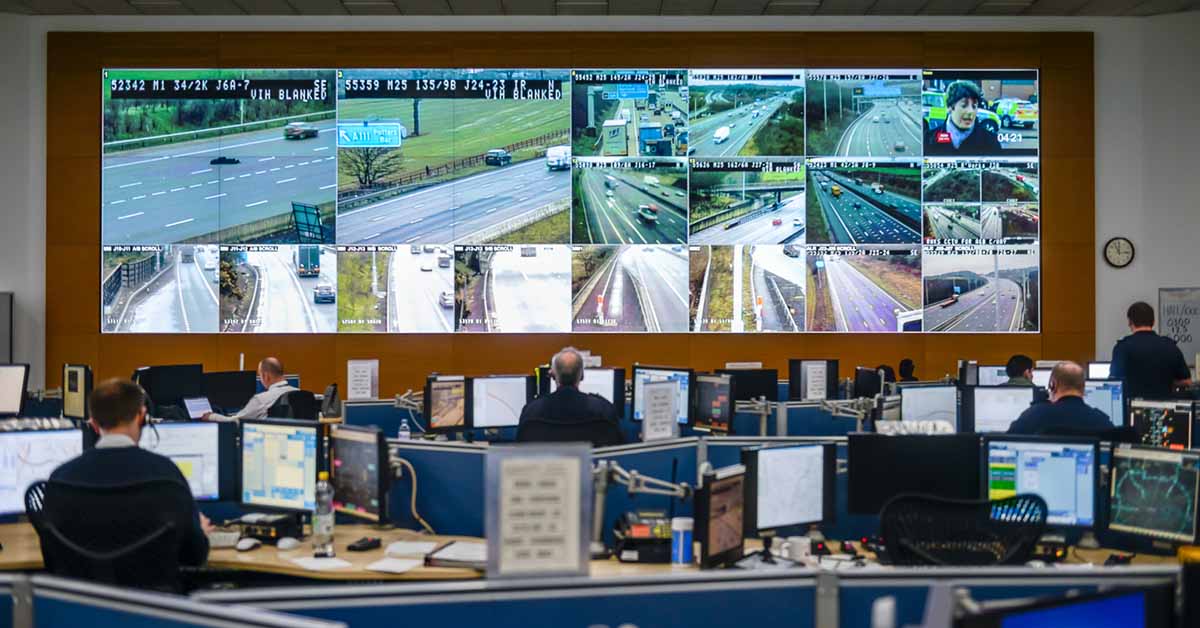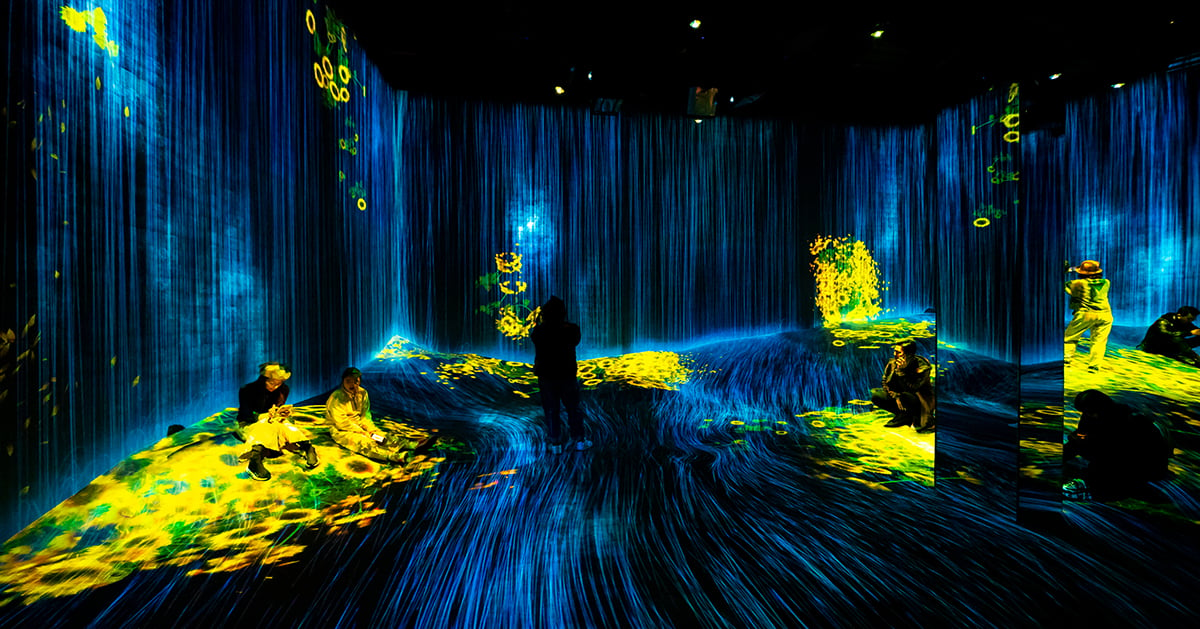
Control Rooms vs. Experiential Environments: One Service Provider to Rule Them All
At first glance, an operational control room appears very different from an experiential environment like you’d see in a museum or theme park. You may be inclined to choose an AV design engineering firm that specializes in one or the other. But the fact is, when a service provider’s system engineering is deep and precise in both entertainment and control rooms, both areas of expertise are made that much stronger.
People often think that because a control room is operational in nature, that the skills and expertise to design and implement one are different from those needed for an entertainment project. But that’s not always the case. With the proper engineering processes and cross training, a service provider that provides both will provide much more engineering depth in both markets. Here are five ways that building a control room is similar to installing an experiential environment—and why having expertise in both makes a service provider much stronger.
Each has a purpose and a goal.
Nobody can afford to implement technology for technology’s sake. In order to realize a return on investment, technology must have a purpose and help the organization meet its business goals. That means you need to understand what it is you’re trying to achieve—and so does your service provider. Whether you’re installing an experiential environment or modernizing a control room, the purpose of the project is to convey information. For museums and theme parks, the goal is often to entertain or tell an important story. The goal of a control room is to enable operators to execute an organization’s critical mission, under sometimes arduous and stressful environments.
In any case, a service provider should work with you to understand the purpose and goal of the project. This will help guide technology decisions going forward.
The technology is the same.
It may not look like it on the surface, but both a control room and experiential environment use much of the same types of technology. In both cases the purpose is to convey information. Cabling, acoustics, audio, routing, control and video walls are common components used to do so. The key difference between the tech used for a control room and the tech used for an experiential environment is the mission. Control rooms typically handle critical operations 24/7 for years on end. This requires equipment that can withstand the rigors of continuous operation without failing, and if it does fail, has redundancy built in to pick up where the failed component left off.
A service provider that understands the technology inside and out will be able to identify the components that meet your business requirements and technical specifications.
The user experience is paramount.
Whether you’re building a control room or an experiential environment, you’re creating an immersive experience. Participants must be able to forget themselves and engage naturally with the space around them. In entertainment this requires you to achieve suspension of disbelief. In the control room, comfort and focus is key. Operators must be physically comfortable for long periods of time so that they can focus on the mission. You don’t want to pull the user out of the experience of an interactive theme park ride any more than you want to distract operators from a monitor because they suffer from eye fatigue and neck pain.
A consultant should seek to understand who will use or experience your installation, and the constraints related to those users.
Both require sophisticated engineering processes.
Cross training gives service providers a unique advantage to leverage experience from the entertainment world into the control room world, where appropriate. Where the control room industry is built on robustness, redundancy, and risk aversion, the entertainment world tends to lead in technology innovations and performance. Strong system engineering understanding of both markets make an engineering department stronger by emphasizing BOTH quality, redundancy, and risk aversion, AND leading-edge technology innovation, precision, and performance.
This creates an AV design engineering department that is second to none, with all projects subject to both leading-edge technology innovation and deep system engineering practices.
When building either a control room or an experiential environment, look for a service provider with a long history of successful and diverse projects. This will indicate that they work by a solid set of engineering processes complete with rigorous testing, no matter the market.
Design it from the ground up including conceptually.
Every project has constraints and specifications—some more so than others. Most commonly, we deal with tight budgets, space, and connectivity constraints. An experienced service provider can help you design and implement a control room (or experiential environment) that delivers an optimal experience within your requirements.
Look for a consultancy that understands the technology, can consult with you on various stages of the project, and help ensure you stay within your project requirements.
Finally, it’s worth noting that designing and building a control room or experiential environment is no small undertaking. In either case, organizations invest valuable resources to meet a business goal and hopefully see a return on their investment. Both require a winning technology design team that’s serious about delivering a successful project.
Any successful project should include conceptual, schematic and detailed design, detailed engineering, fabrication, factory testing, system design reviews with the customer, including mock-ups of the proposed system, certified installation and commissioning, operator training and a full documentation package. Skimping or “value engineering” any of these phases out, will incrementally jeopardize the success of the project, and success is always the goal.
Maurizio Capuzzo
Maurizio Capuzzo, Electrosonic’s Chief Marketing Officer, fuses the science of data with the art of visual and verbal communication to explain how technology adds value and helps foster innovation. Maurizio writes from a wealth of experience, holding leadership roles in global technology companies as well as possessing a deep understanding of how technology contributes to business growth.










.jpg?width=1500&height=995&name=ELC501_N17_medium%20(1).jpg)



.jpg)

.jpg)



















.jpg)




.jpg)
-png.png)












.jpg)





.jpg)


-(1)_1200x629px.jpg)




.jpg)
.jpg)





-RR.jpg)







.png)




.jpg)






.png)





















%20(1)-es.jpg)
.jpg)








.jpg)

.jpg)





.jpg)



.jpg)















.png)

.png)





























.jpg)
.png)





.png)

.jpg)


.png)






.jpg)
.jpg)


